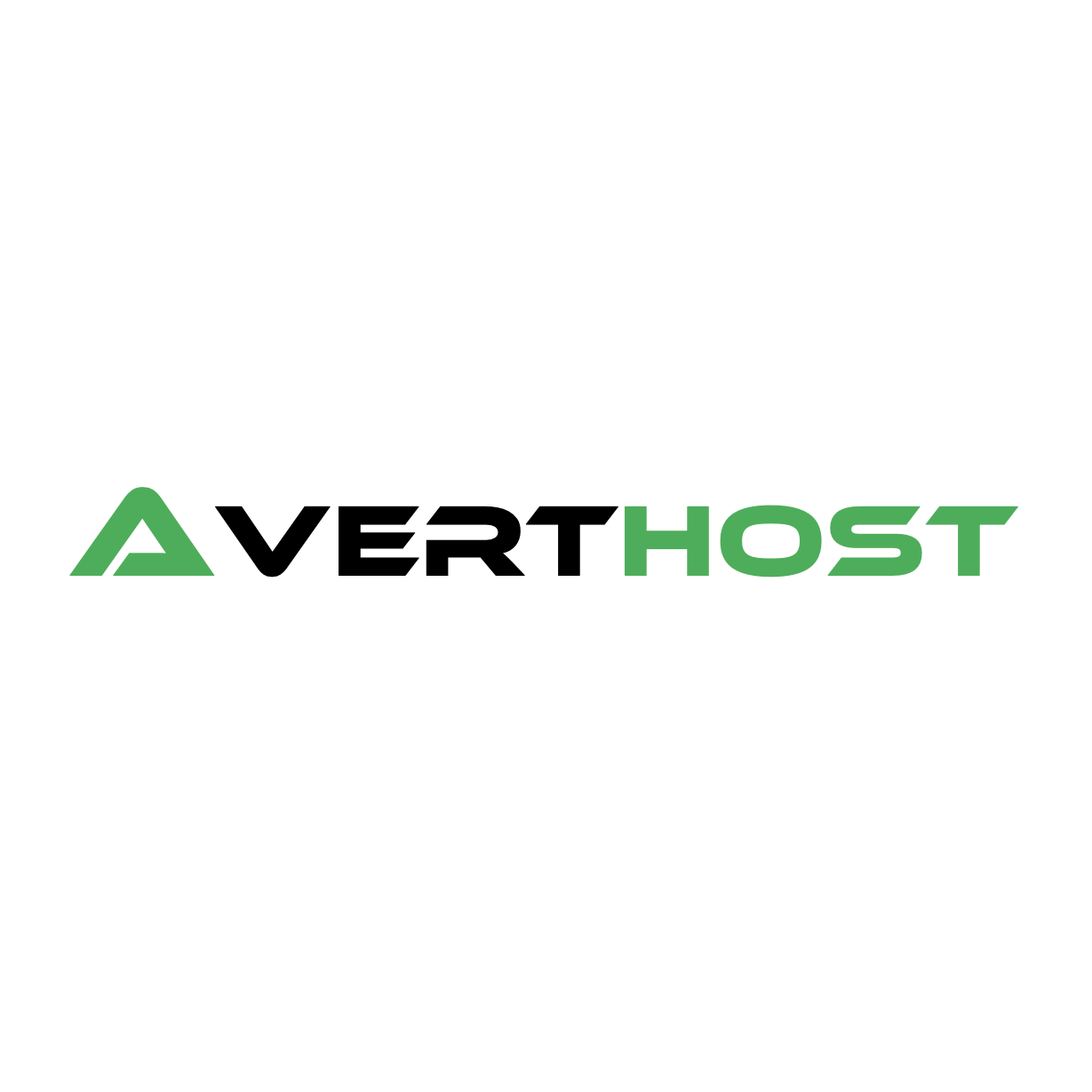 nginx
nginx
How can you restrict access to certain URLs or IP addresses in Nginx?
How to Restrict Access to Certain URLs or IP Addresses in Nginx
When configuring your Nginx server, you may need to restrict access to certain URLs or IP addresses. This can be useful for various reasons such as enhancing security, limiting resource usage, or controlling access permissions.
Nginx provides different methods to restrict access, including using the allow and deny directives in combination with regular expressions or IP addresses. Here are a few commonly used approaches:
Restricting Access to Specific URLs
To restrict access to a specific URL or URL pattern, you can use the location directive in your Nginx configuration file:
location /restricted-url {
deny all;
}
In the example above, all requests matching the "/restricted-url" will be denied access. You can customize the URL pattern as per your requirements.
Restricting Access by IP Address
To restrict access based on IP addresses, you can use the allow and deny directives in combination. Here's an example:
location / {
deny 192.168.1.1;
allow all;
}
In the example above, the IP address "192.168.1.1" is denied access, while all other IP addresses are allowed. You can add multiple deny or allow directives to accommodate multiple IP addresses or ranges.
Restricting Access to a Range of IP Addresses
If you need to restrict access to a range of IP addresses, you can use CIDR notation to define the IP range. Here's an example:
location / {
deny 192.168.1.0/24;
allow all;
}
In the example above, all IP addresses in the range of "192.168.1.0" to "192.168.1.255" will be denied access, while all other IP addresses are allowed.
It's important to carefully define your IP address restrictions to ensure you don't unintentionally block legitimate users or services.
Conclusion
By using the appropriate directives in your Nginx configuration file, you can effectively restrict access to certain URLs or IP addresses. This helps in maintaining better security and controlling access permissions to your web server.
Remember to regularly review and update your access restrictions as needed to align with your server's requirements and security policies.